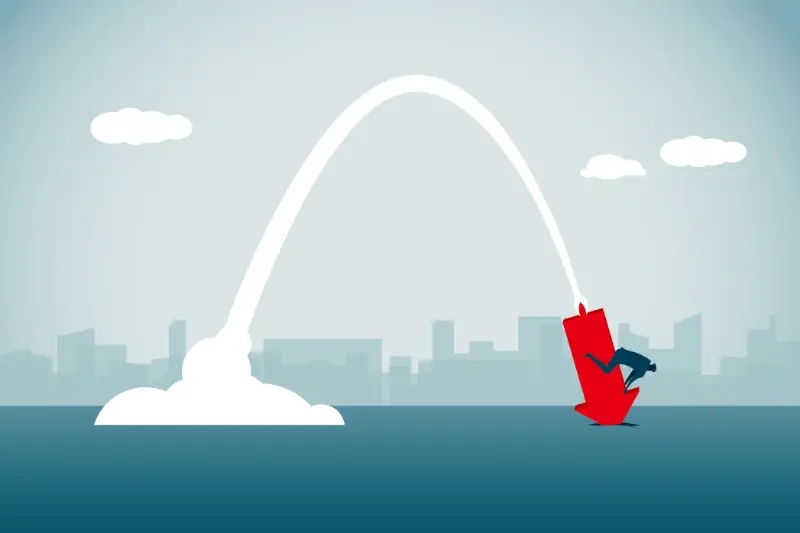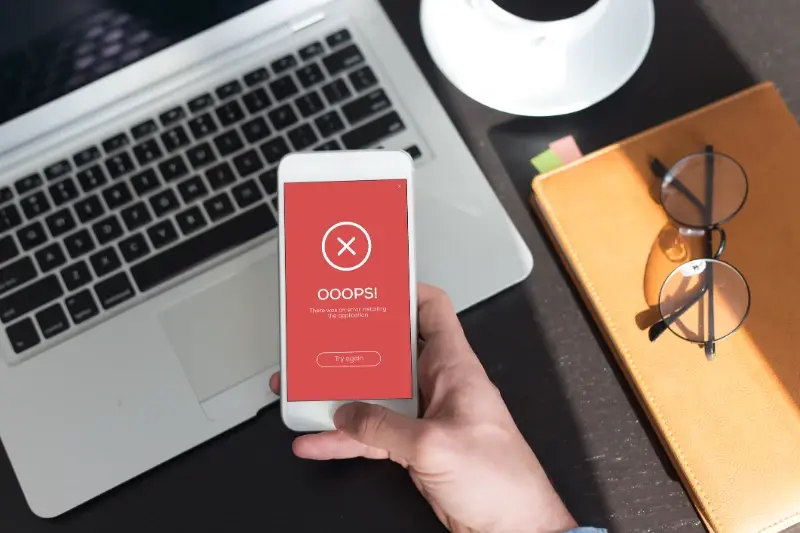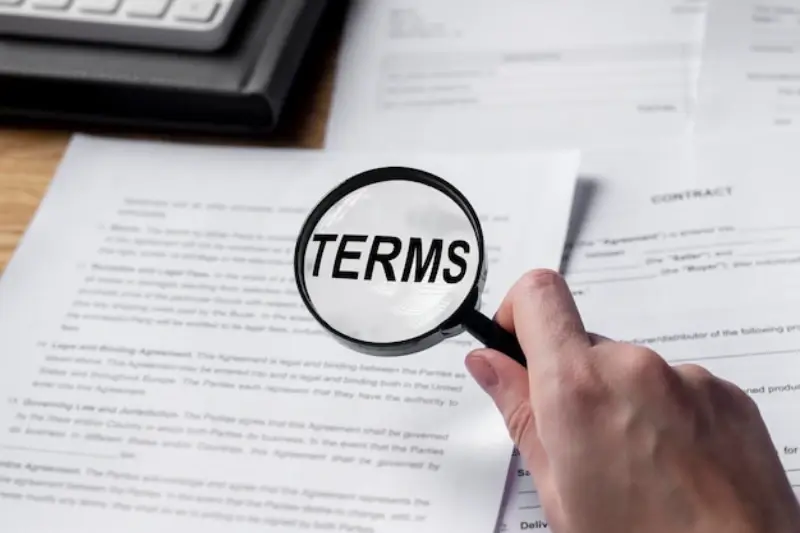5 Intellectual Property Mistakes That Could Kill Your App Business
Every month, thousands of mobile app developers lose their businesses not because their apps failed to gain users, but because they made basic legal mistakes that could have been easily avoided. These aren't complex legal loopholes or obscure regulations—they're fundamental IP protection oversights that can cost you everything you've built. The scary part? Most developers don't even realise they're at risk until it's too late.
I've worked with countless app developers over the years, and the pattern is always the same. They pour their heart, soul, and savings into creating something amazing, only to discover they can't legally protect it—or worse, that someone else already owns the rights to what they thought was theirs. The good news is that most of these legal mistakes are completely preventable if you know what to look out for.
The best time to think about IP protection is before you write your first line of code, not after your app becomes successful
This guide will walk you through the five most common intellectual property mistakes that could destroy your app business. We'll keep things simple and practical—no confusing legal jargon, just straightforward advice that will help you protect what you're building. Whether you're a solo developer or leading a team, these insights could save you from costly legal battles down the road.
Understanding IP Protection Basics
Right, let's get something straight from the start—intellectual property isn't just for big tech companies or Fortune 500 businesses. If you're building an app, you've got IP whether you realise it or not. Your code, your app name, your unique features, even your app's icon; these are all forms of intellectual property that need protecting.
Think of IP protection as invisible shields around the different parts of your app business. There are four main types you need to know about:
- Trademarks - protect your app name, logo, and branding
- Copyright - covers your code, content, and creative materials
- Patents - protect unique technical features or processes
- Trade secrets - keep your proprietary methods and data safe
Now here's the thing—many app developers think they can sort this out later, once they've made some money. Big mistake. IP protection works best when you set it up early, not after someone's already copied your brilliant idea.
The good news? You don't need a law degree to understand the basics. You just need to know what you're protecting and why it matters. Get this foundation right, and you'll save yourself from the five costly mistakes we're about to explore.
Mistake 1: Not Securing Your App Name and Trademarks
Picture this: you've spent months building your mobile app, invested thousands of pounds, and finally launched it to the world. Then one day, you get a legal letter saying you can't use your app name anymore because someone else owns the trademark. This nightmare scenario happens more often than you'd think, and it's completely avoidable.
Your app name is your brand's foundation—it's how users will find you, remember you, and recommend you to others. Without proper trademark protection, you're basically building your business on someone else's property. I've seen brilliant apps forced to rebrand overnight because they skipped this step, losing all their marketing momentum and confusing their users in the process.
Steps to Secure Your App Name
Before you fall in love with that perfect app name, you need to do your homework. Start by searching existing trademarks in your country and internationally if you plan to expand. Don't just check app stores—look at domain names, social media handles, and business registrations too.
- Search trademark databases in your target markets
- Check app store availability across iOS and Android
- Verify domain name and social media availability
- Consider hiring a trademark attorney for complex searches
- File your trademark application as early as possible
Register your trademark before you launch, not after. The application process can take months, and early filing gives you stronger legal protection against copycats.
Remember, trademark protection varies by country, so if you're planning global expansion, you'll need to consider international filing strategies. The cost of proper trademark protection is minimal compared to the devastation of losing your brand name later.
Mistake 2: Ignoring Copyright Protection for Your Code and Content
Here's something that might surprise you—your app's code is automatically protected by copyright the moment you write it. No registration needed, no forms to fill out. But here's the thing: just because it exists doesn't mean you're properly protected in the real world.
I've seen too many developers get caught out because they didn't understand what copyright actually covers. Your source code, user interface designs, graphics, text content, and even your app's unique layout can all be protected. But—and this is a big but—you need to document everything properly.
Why Documentation Matters
Without proper documentation, proving you created something first becomes incredibly difficult. Keep detailed records of your development process, save dated versions of your code, and maintain a clear paper trail. This isn't just good practice; it's your lifeline if someone copies your work.
The Reality Check
Copyright doesn't protect ideas or concepts—only the specific way you've expressed them. So whilst your brilliant app concept isn't protected, the actual code you've written to make it work is. This distinction trips up many app developers who think having copyright means complete protection.
Make sure your development contracts clearly state who owns the copyright to the code being written. Trust me, sorting this out upfront saves massive headaches later.
Mistake 3: Using Third-Party Assets Without Proper Licensing
Picture this: you've just launched your mobile app and it's gaining traction. Then you get a legal notice about an image you used in your interface—one your designer grabbed from Google Images. This happens more often than you'd think, and it can be devastating for app businesses.
Third-party assets include everything from images and icons to fonts, music, and code libraries. Each of these comes with licensing terms that dictate how you can use them. Some are free for commercial use, others require payment, and many have restrictions that could impact your app's distribution or monetisation.
The Hidden Costs of "Free" Assets
Free doesn't always mean free to use commercially. Many stock photo sites offer images under Creative Commons licences that require attribution or prohibit commercial use entirely. Using these in your mobile app without proper licensing can lead to takedown notices, legal action, and hefty fines.
We once had a client receive a £15,000 demand letter for using an unlicensed stock photo in their app's onboarding flow
The solution? Always verify licensing before using any third-party asset. Keep detailed records of where assets came from and what licences they're under. When in doubt, invest in properly licensed assets from reputable sources—it's far cheaper than dealing with legal issues later.
Mistake 4: Failing to Protect Your App's Unique Features
Here's something that might surprise you—your app's most valuable features probably aren't protected at all. I've worked with countless developers who've spent months perfecting an innovative feature, only to watch competitors copy it within weeks of launch. The pain on their faces when they realise they have no legal recourse? That's something I won't forget.
Your app's unique functionality, user interface design, and innovative processes can all be protected through patents or design rights. But here's the catch: you need to file for protection before you launch, not after someone copies your idea. I've seen brilliant apps lose their competitive edge because the founders thought their code copyright was enough—it isn't.
What You Can Protect
- Unique algorithms and technical processes
- Novel user interface elements
- Innovative app workflows
- Original visual designs and layouts
- Distinctive app icons and graphics
Patent applications can be expensive and time-consuming, but for truly groundbreaking features, they're worth considering. Design rights are often cheaper and faster to obtain. The key is identifying what makes your app special and protecting those unique features before your competitors even know they exist.
Mistake 5: Not Having Clear IP Agreements with Your Development Team
Here's something that catches many app owners off guard—just because you're paying someone to build your mobile app doesn't automatically mean you own everything they create. I've seen brilliant app ideas get tangled up in legal nightmares because the IP ownership wasn't sorted out properly from the start.
When you hire developers, designers, or any creative professionals, the work they produce might belong to them by default under copyright law. This means your app's code, design elements, and unique features could technically be owned by the people who built them, not you. That's a scary thought when you're trying to build a business around your app!
Always get IP agreements signed before any development work begins—not after. It's much harder to sort out ownership once the work is already done.
What Should Be in Your IP Agreement
Your development contracts need to clearly state that all intellectual property created during the project transfers to you. This includes:
- Source code and technical documentation
- Design files and visual assets
- Custom algorithms or unique features
- Any improvements or modifications made
Don't assume this is covered in a standard development contract. Make sure it's spelled out clearly so there's no confusion later when your app becomes the next big thing!
Taking Action to Protect Your App Business
Right then, you've learned about the five biggest IP mistakes that could derail your app business—now what? The good news is that protecting your intellectual property doesn't have to be overwhelming or break the bank. You just need to tackle it systematically.
Start with the basics first. Register your app name as a trademark and get your copyright protections sorted out. I know it sounds boring, but trust me, it's much cheaper to do this now than to fight legal battles later. Next, audit all your third-party assets and make sure you've got proper licences for everything you're using.
Your IP Protection Checklist
- Register trademarks for your app name and logo
- Document and copyright your original code
- Audit all third-party assets and licences
- File patents for truly unique features (if applicable)
- Review all team contracts and IP agreements
- Set up regular IP monitoring
Don't try to do everything at once though. Work with qualified professionals who understand app development—they'll help you prioritise what needs immediate attention versus what can wait. The key is to start somewhere and build your protection layer by layer.
Remember, protecting your IP isn't a one-time task; it's an ongoing process that grows with your app business. But get these fundamentals right, and you'll sleep much better at night knowing your hard work is properly protected.
Conclusion
Look, I've seen too many brilliant app ideas die a slow death because their creators didn't think about IP protection until it was too late. One minute you're celebrating your app's success, the next you're getting cease and desist letters or watching competitors steal your best features without consequence. It's heartbreaking—and completely avoidable.
The five legal mistakes we've covered aren't just theoretical problems; they're real business killers that happen every day in the mobile app world. Not securing your app name, ignoring copyright protection, using unlicensed assets, failing to protect unique features, and having messy IP agreements with your team—any one of these can seriously damage your business.
But here's the thing: protecting your mobile app doesn't have to be overwhelming or ridiculously expensive. Start with the basics—trademark your app name, document your code ownership, audit your third-party assets, and get proper agreements in place with anyone who touches your project. These steps won't guarantee success, but they'll give you a fighting chance when things get competitive.
Your app idea deserves protection. Don't let poor IP planning be the reason your mobile app business fails when simple preventive measures could have saved it.
Share this
Subscribe To Our Blog
You May Also Like
These Related Stories

5 Copyright Mistakes That Could Kill Your App Launch

Common Security Mistakes That Could Sink Your Mobile App





